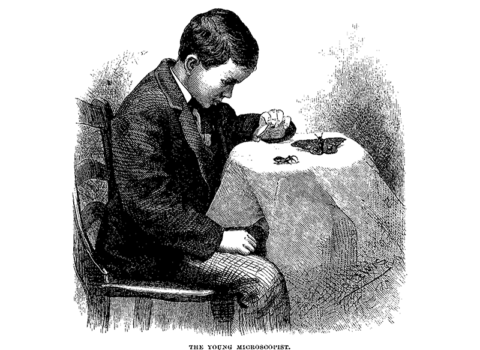Hell
“Hell is Other people,” says Garcin, the undead character in No Exit, Jean-Paul Sartre’s signature dramatic work. Countless analyses and jokes have been linked to this famous phrase since it was first uttered in a Paris theater during the German Occupation, in May 1944. But I doubt it’s been used to explain the now deep alienation that seems to have overcome the tens of millions of Americans who don’t want to return to their office in the wake of the COVID pandemic.
The most common reasons offered for this enormous self-centered indulgence are varied: the comforts of teleworking and the freedom that supposedly comes of it; a dearth of labor, which provides exceptional bargaining power for employees; the selfishness of millennials; a general sense of despondency; the growing ambition to start one’s own company in the spirit of entrepreneurs who launched businesses out of their own garages, like Apple’s Steve Jobs; the elimination of travel between home and office; and the additional time available for leisure and family life. Whatever their motivations, the number of people preferring to work remotely is impressive.
According to a Gallup poll, at the end of this past August more than 70 million American workers were able to do their jobs remotely. Only two in ten of these worked full time in an office. The percentage of people working on-site increased as COVID-19 subsided, but a recent study by Bloomberg suggests that the occupancy rate of offices in America’s ten largest cities is, on average, only 50.4 percent, and even lower, at 47.5 percent, in New York City.
Anyone can plainly see the lack of activity on the streets and sidewalks of Midtown Manhattan, the main district of commercial buildings. With an estimated 1.5 million office jobs in the city’s five boroughs, one can guess that there are, let’s say, 800,000 people who, with their mere presence, participated in collective daily life before the pandemic but don’t anymore. This is a seismic event in urban history.
At the start of the quarantine, in March 2020, I suffered a lot from isolation, even though our family life remained fairly cohesive. I missed people, but I also missed the scenes, drama, and hubbub of the street…and of the office. I quickly developed a distaste for Zoom conferences, knowing that the small image on my screen concealed nuances and emotions I would have noticed in person. We perceive the outline of the Other much better in their physical presence, and I felt deprived of this crucial information, blind in a way. The more time I spent in front of the computer, the more annoyed I got.
A computer screen can act as a window on the world, but it can also lock you in a sort of monotonous and nonsensical prison. So I reopened my office as soon as possible, in late August 2020, with all the necessary sanitary precautions. What a joy it was to see colleagues, even if they were masked, and how wonderful it was to solve problems and make decisions quickly, without the infernal and interminable exchange of emails. I suspect that even some of the homeless people and drug addicts on the streets in this near-empty corner of Manhattan could have noticed my good mood, so delighted was I to return to my office neighborhood in all its variety.
On the other hand, the welcome return to human warmth did nothing to resolve conflicts between humans. Pests still pester; disputes and arguments persist; former rivalries, diminished by fear of the pandemic and the habit of talking through a machine, re-emerge. The shared refrigerator is again bursting with expired and sometimes rotten food. Outside, rats strut along arrogantly. There are filthy lunatics all over the subway.
I think a big part of the refusal to return to the office in person comes from a rejection of the Other in a collective, heterogeneous, and inevitably dangerous society. We already saw this tendency before the pandemic—Trump’s call to raise a wall against undocumented “rapists” resonated with many Americans, and the threat of Covid took its place metaphorically. We don’t want germs anymore; Trumpists, like many leftists, prefer the illusion of purity that lets us believe we’re safer at home, sitting in front of the computer or the television in a “safe space.”
This desire for purification goes back to our Protestant roots and the periodic witch hunt in the country’s history: Salem in 1692, Prohibition in 1919, McCarthyism in 1950, and the current purges in the media, in universities, and in politics against male and “racist” abusers and allegedly harmful words.
In No Exit, the character Garcin, trapped in a furnished and constantly lit hell, asks “the valet:” “Is it day or night?” The valet answers: “Can’t you see? The lights are on.” Garcin learns that “outside” there are “more rooms, more passages.” “Where’s the light switch?” Garcin asks. “There isn’t any,” explains the valet, but “the management can cut off the current.” Like Chinese, Iranian, or Russian governments can “cut off” the Internet. Locked up inside with screens constantly lit according to the whim of a central power is my idea of hell. Let’s get out together!



